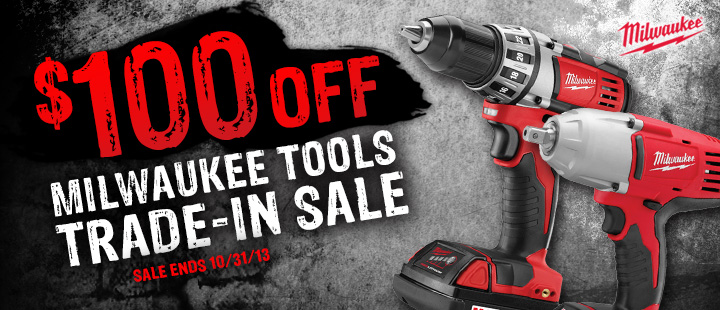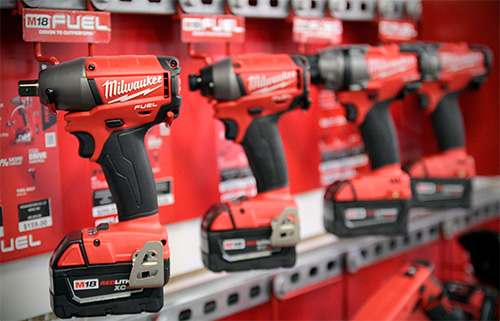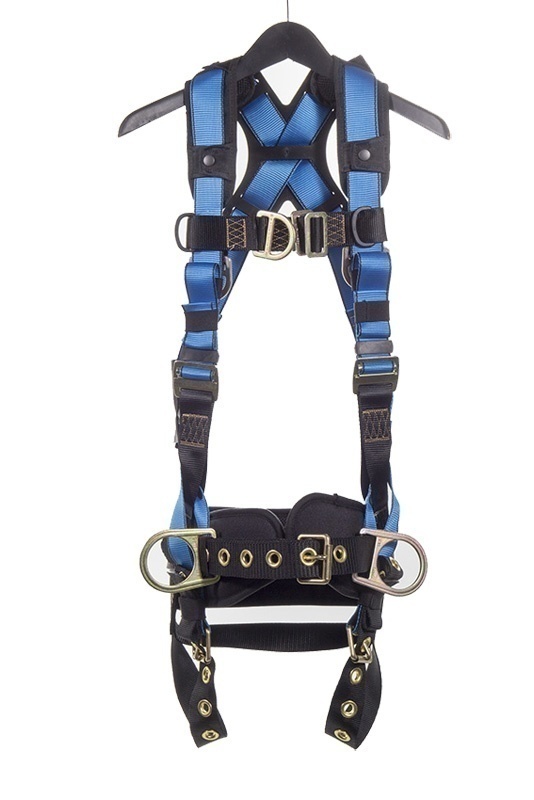Milwaukee Tools and Brushed vs. Brushless Motors
Click here to view all Milwaukee products and current offers!
Â
Milwaukee makes some of the best tools out there. They have been doing their thing for over 85 years, improving and innovating on tools that you need to stay productive and efficient. Right now, if you trade in your old tools to GME Supply, we’re offering $100 off any new Milwaukee M18™ product. Go here for more info on the trade-in program. M18™ is the fastest-growing 18V system around. These things do what you used to need an extension cord and a corded tool to do. If you haven’t heard about it, here’s the short version. They’re professional-grade, lightweight, ergonomic tools with 18V lithium batteries that keep going long after others have died. You don’t make money while you’re waiting for your batteries to charge!
M18™ is the fastest-growing 18V system around. These things do what you used to need an extension cord and a corded tool to do. If you haven’t heard about it, here’s the short version. They’re professional-grade, lightweight, ergonomic tools with 18V lithium batteries that keep going long after others have died. You don’t make money while you’re waiting for your batteries to charge!
 The M18 Fuel™ System has killer brushless motors and REDLINK PLUS™ that makes sure your tool is working as hard as it can and as efficiently as possible. While we’re on the subject, let’s look at the differences between brushed and brushless motors.
Now, motors are all about magnets. As we all know, opposites attract and likes repel. When put together and correctly controlled, magnets inside a motor create rotational motion and spin the axle. Motors are everywhere, including power tools like drills.
There are two basic types of motors that are used in drills: brushed and brushless. Both do essentially the same thing. They pump electricity through an electromagnet which is positioned near permanent magnets. This creates spin. The polarity of the magnet has to be flipped every 180 degrees, though. If the polarity weren’t changed, the motor would turn 180 degrees and stop. The way this polarity flip is created is the difference between brushed and brushless motors.
In a brushed motor, the electromagnet passes through a pair of brushes that flip the polarity and makes the motor spin. While this is a very simple and cost-efficient way to make a motor, it does have drawbacks. The brushes can spark and create electrical noise, and they also limit the maximum speed of the motor. The motor also runs hotter due to the friction from the brushes. The biggest drawback, though, is the fact that the brushes wear out. If the motor isn’t serviced, eventually it will start losing power and then fail. That's an expensive repair.
A brushless motor basically turns a traditional motor inside out, eliminating the need for brushes. It puts the electromagnets on the outside and the permanent magnet as the rotating piece on the inside. The polarity swap is handled by a small computer that rapidly turns the electromagnets on and off to spin the rotor. While this motor is more expensive to manufacture, it is more efficient and has a longer life. These very precise motors have virtually no wear parts and operate much cooler.
Each motor has it's place, but the latest and greatest is definitely the brushless motors that are featured in the M18 Fuelâ„¢ system.
Remember to check out our trade-in program to get $100 off your Milwaukee purchase and to learn more about what tools are right for you to get the job done safely and efficiently, contact our customer service department at (800) 940-6762 or email [email protected]
The M18 Fuel™ System has killer brushless motors and REDLINK PLUS™ that makes sure your tool is working as hard as it can and as efficiently as possible. While we’re on the subject, let’s look at the differences between brushed and brushless motors.
Now, motors are all about magnets. As we all know, opposites attract and likes repel. When put together and correctly controlled, magnets inside a motor create rotational motion and spin the axle. Motors are everywhere, including power tools like drills.
There are two basic types of motors that are used in drills: brushed and brushless. Both do essentially the same thing. They pump electricity through an electromagnet which is positioned near permanent magnets. This creates spin. The polarity of the magnet has to be flipped every 180 degrees, though. If the polarity weren’t changed, the motor would turn 180 degrees and stop. The way this polarity flip is created is the difference between brushed and brushless motors.
In a brushed motor, the electromagnet passes through a pair of brushes that flip the polarity and makes the motor spin. While this is a very simple and cost-efficient way to make a motor, it does have drawbacks. The brushes can spark and create electrical noise, and they also limit the maximum speed of the motor. The motor also runs hotter due to the friction from the brushes. The biggest drawback, though, is the fact that the brushes wear out. If the motor isn’t serviced, eventually it will start losing power and then fail. That's an expensive repair.
A brushless motor basically turns a traditional motor inside out, eliminating the need for brushes. It puts the electromagnets on the outside and the permanent magnet as the rotating piece on the inside. The polarity swap is handled by a small computer that rapidly turns the electromagnets on and off to spin the rotor. While this motor is more expensive to manufacture, it is more efficient and has a longer life. These very precise motors have virtually no wear parts and operate much cooler.
Each motor has it's place, but the latest and greatest is definitely the brushless motors that are featured in the M18 Fuelâ„¢ system.
Remember to check out our trade-in program to get $100 off your Milwaukee purchase and to learn more about what tools are right for you to get the job done safely and efficiently, contact our customer service department at (800) 940-6762 or email [email protected]












